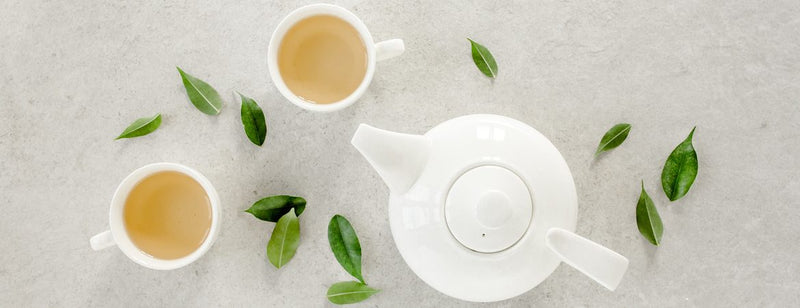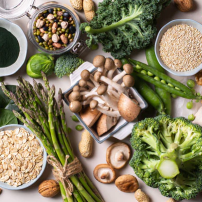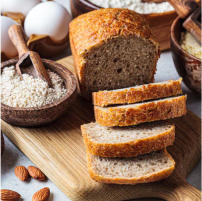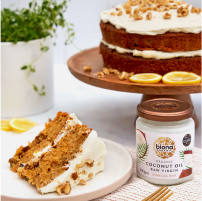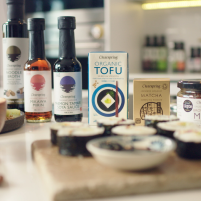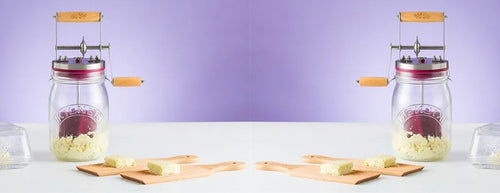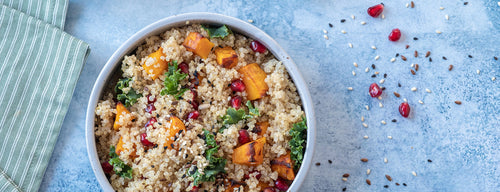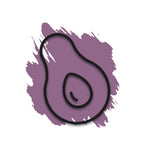It's no secret we're fond of our tea here in Ireland - most homes aren't without at least one box. Tea leaves have sparked revolutions, forced a leader of colonising into compromising their gold standard, factored into tyrannical drug wars, and contributed to the rise and fall of economies and governments! China and other parts of East Asia have documented the use of tea leaves as far back as 1,500 BC (and they were likely brewed even prior to this) and China remains the largest producer of tea in the world.
There is an ever-growing variety of tea available (we proudly stock over 250 different hand-picked teas!) so it may feel overwhelming trying to make a choice. From greens to whites and tisanes, there are some amazing teas with even more amazing benefits. Take a look at our handy guide to tea types to help you discover something new!
A Guide to Tea Types
The easiest way to sort teas is via their colour. Did you know that the majority of tea is simply the same leaf from the Camellia Sinensis plant oxidised (air-dryed in a fermentation chamber) to a different level?
Black Tea
Most typically used in breakfast teas and often mixed with milk and sugar, black tea is created one of the most highly oxidised tea. Probably the most familiar here in Ireland, variations include Assam (also known as Irish Breakfast Tea), Earl Grey, Darjeeling and the smoky and rich Lapsang Souchong which has its tea leaves dried over fires of pine wood.
Black tea contains caffeine, so can keep you alert and give you an energy boost. It also contains antioxidants, but may inhibit your iron absorption due to the presence of tannins (be wary if you struggle to keep your levels up). As with all caffeinated drinks, try to avoid close to bedtime.
Black tea is also often used as a base to create Chai Tea, a warming blend of tea with spices such as vanilla and star anise.
Green Tea
Next up in our guide to tea types is the ever popular green tea. Made using the same leaves as black tea but less oxidised, which leads to a milder flavour. More sharp than rich, green tea offers keeps the polyphenols that are lost in black tea, which may offer cardiac health benefits. Green tea also contains caffeine alongside a flavonoid called catechin, and this combination has been shown to help increase the body’s metabolism!
There are many variants of green tea, including Sencha (a loose leaf) and Matcha (a finely ground powder). Matcha is the more expensive as it is grown in almost complete darkness, a process which not only increases the caffeine level, but also the level of L-theanine, an incredible amino acid that promotes concentration and offers stress-busting properties.
White Tea
White tea has a very short oxidation, with the leaves and bud plucked while still young. This gives a much more delicate and light flavour than that of green tea or black tea - white tea pairs well with added fruity and floral hints.
Although it still contains caffeine, it does have a lower level of L-theanine (much lower in comparison to Matcha green tea) but an increase in the level of antioxidants! When it comes to fighting aging and free radicals in the body, white tea could have the most benefits.
Red Tea (Rooibos Tea)
Red tea is actually not a true tea - it comes from the Aspalathus Linearis plant which is grown solely in South Africa. Also known as Rooibos tea, this nutty and rich brew is naturally caffeine free, preferred by many as it has not undergone the alterations and processing that decaffeinated tea has.
It can be taken with milk, similar to black tea, and contains very low levels of tannins. Therefore it doesn't have the same effect on iron levels that black tea can have. This also means it cannot be over brewed, making it a wonderful substitute for creating iced tea. It is rich in antioxidants, and is thought to have anti-inflammatory properties.
Herbal Tea (Tissanes)
Tisanes or herbal teas aren't actually tea at all (because they don't come from the Camelia Sinensis plant) - they're infusions. Made from leaves, spices, seeds and berries they are categorised the part of the plant they come from. Caffeine free, they can have single ingredients or complex blends. The flavours and benefits are vast and varied, but here are some of our favourites as well as their uses:
Leaf tisanes: Mint; refreshing, soothing, can increase focus, has antispasmodic properties.
Flower tisanes: Chamomile, Hibiscus or Lemon Balm - calming, encourages relaxation.
Bark tisanes: Cinnamon - aromatic, can offer blood sugar balancing benefits.
Root tisanes: Ginger - wonderful for nausea, warming and spicy.
Fruit/berry tisane: Raspberry leaf - vitamin rich, and commonly taken in the final month of pregnancy to promote uterine health.
Seed/spice tisanes: Fennel - ideal digestive support, perfect after meals.
A whole tapestry of the past is in every cup, and you can find something that's just your cup of tea in our Galway stores or online at Evergreen.ie!
Checked and updated: 5th September 2023


